|
The first time I saw a photo of a saiga antelope, I thought it must be a creature from one of the Star Wars movies, with its huge eyes and its strange snout. Nope, it's real. Let's figure out what this crazy creature really is, shall we? What the heck is a Saiga Antelope? The saiga antelope is an endangered species that lives only in Russia, Kazakhstan, and Mongolia, although it used to have a much wider range. This antelope lives in harsh, semi-arid grasslands, and it migrates hundreds of miles each year between summer and winter. The saiga is relatively small for an antelope, usually only 24 to 32 inches (61-81 cm) high at the shoulders, and weighing between 60 and 150 pounds (26 to 69 kg). In other words, about the size of a German Shepard. The most striking feature of the saiga antelope is its strange, bulbous nose. Amazing Facts about the Saiga Antelope First we need to discuss the saiga's strange nose. What's up with that schnoz? The nose has two enormous, proboscis-like nostrils that drape over the mouth and point straight down toward the ground. Why? No one knows for sure, but we have some ideas. In order to figure out the purpose of this extraordinary snout, scientists in 2004 dissected and examined several. They found numerous large chambers within the nostrils. As the animal breathes in, the dust is filtered out by these chambers before the air reaches the lungs. This makes sense because saigas migrate in large herds, and much dust would be kicked up by all those hooves. Another obvious benefit of these chambered nostrils is that they would warm the cold air in the winter and cool the hot air in the summer. And finally, perhaps the main function of these cavernous sniffers is that they help the male saigas attract mates. The males emit a loud nasal roar to impress the females. The bigger the male's body size, the bigger its nose and the louder its nasal roar, allowing females to choose the healthiest mates. This doesn't work for me... when I blow my nose, Trish isn't the least bit impressed. This mate selection hypothesis is supported by the fact that female saigas have much smaller noses than male saigas. Here is a female: Saigas graze in herds, usually in fairly flat, dry grasslands, semi-deserts, and steppes (a steppe is a type of grassland where there are no trees other than near streams and lakes). They prefer open areas where they can see predators approaching from a long distance. This is not surprising considering saigas are often hunted by wolves, and young saigas are often taken by foxes and eagles. During the annual migrations, saigas group together into large herds of thousands of animals. When the migration is over, they form smaller herds of only 30 to 40 animals. In the rutting season, males start to get pretty serious about things. Not only do they use their snouts to impress females, they must first take possession of a harem of up to 40 females. This is no easy task, and the males sometimes fight to the death in the process. Take a look at those horns on the males. No wonder these fights can be dangerous! After winning a harem, the males must continue to fight off new challengers, and then there is the tedious business of mating with all those females. After this is all said and done, the males are so weak that many of them die off. After a gestation period of about 145 days, the females give birth, usually to twins. Only about a third of births are individual babies. Because of the risk of predators, young saigas are up and on their feet within a few days, and they are weaned within four months. It's difficult to talk about the saiga antelope without discussing this creature's unfortunate decline in recent years. For at least as far back in time as the last ice age, which ended about 10,000 years ago, saigas grazed over vast areas of Asia and Europe. They were probably a favorite prey animal for saber-tooth tigers and cave lions. The populations were still immense through the 19th century and into the 20th century. Well, you can probably guess at least part of what happened then, right? In the first half of the 20th century, saigas were widely hunted by humans, but this hunting was well managed and had little impact on the populations. However, the fall of the Soviet Union in the early 1990s changed everything for the saiga. The hunting regulations disappeared. Rural economies of the countries where the saiga lived were devastated, resulting in poverty and unemployment, which resulted in greatly increased hunting for saigas, for their meat and for their horns, which could be sold to China, where they are used in traditional medicines. Even today, China purchases huge numbers of saiga horns. Amazingly, in just the last 15 years, saiga populations have decreased by 95%. The good news? Numerous zoos and other organizations are working with experts from Russia, Kazakstan, Uzbekistan, China, and Mongolia to develop international strategies to save the saiga antelope from extinction Check out this video about the saiga antelope. So, the Saiga Antelope deserves a place in the C.A.H.O.F. (Cracking Animal Hall of Fame). FUN FACT: The adjective cracking (at least in the way it's used here) originated in about 1830. With this usage, the word means "very impressive or effective," and is often used to describe literature, such as "Stan tells cracking tales of adventure." The word can also be used as an adverb meaning "very or extremely," such as "a cracking good novel." Wait, there's more! The word can also mean "to start doing something quickly," as in "Let's get cracking." And... the word can mean "precise or smart," such as "The guard gave a cracking salute." Anyway, I like the first definition given above, in which cracking is another way to say awesome! Photo Credits:
Male saiga on green field - DeopositPhotos Male saiga head and snout - Andrey Giljov, Wikimedia Commons Female saiga antelop - DepositPhotos Male saigas fighting - U.S. Fish and Wildlife Service Headquarters, Public domain, via Wikimedia Commons Young saiga - DepositPhotos Saiga herd - DepositPhotos
0 Comments
Leave a Reply. |
Stan's Cogitations
Everyone needs a creative outlet. That's why I write. Archives
July 2024
|

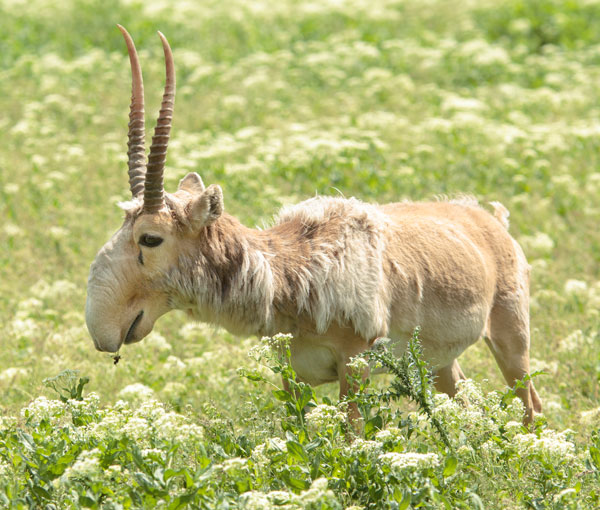
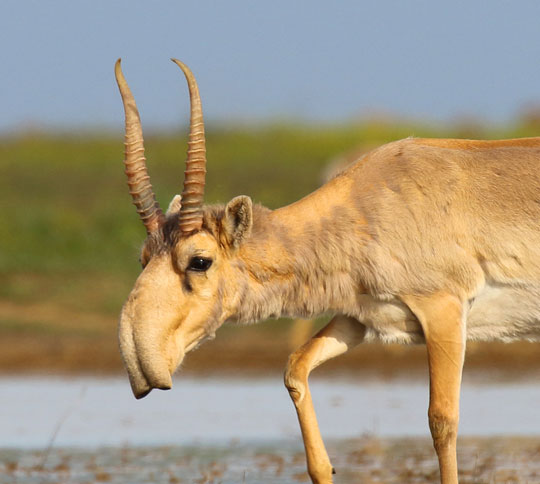
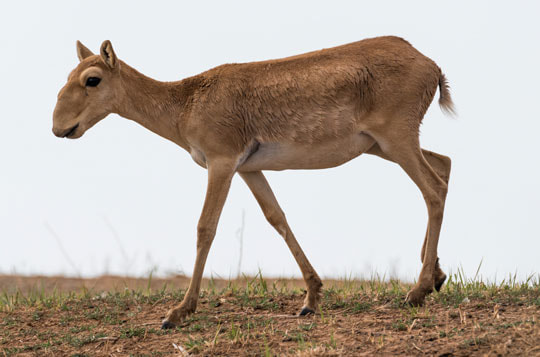
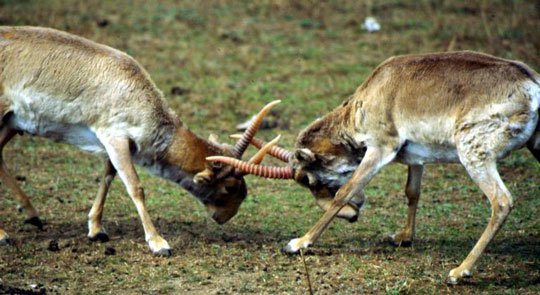

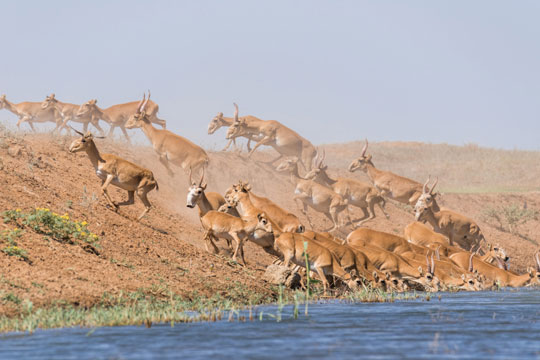
 RSS Feed
RSS Feed